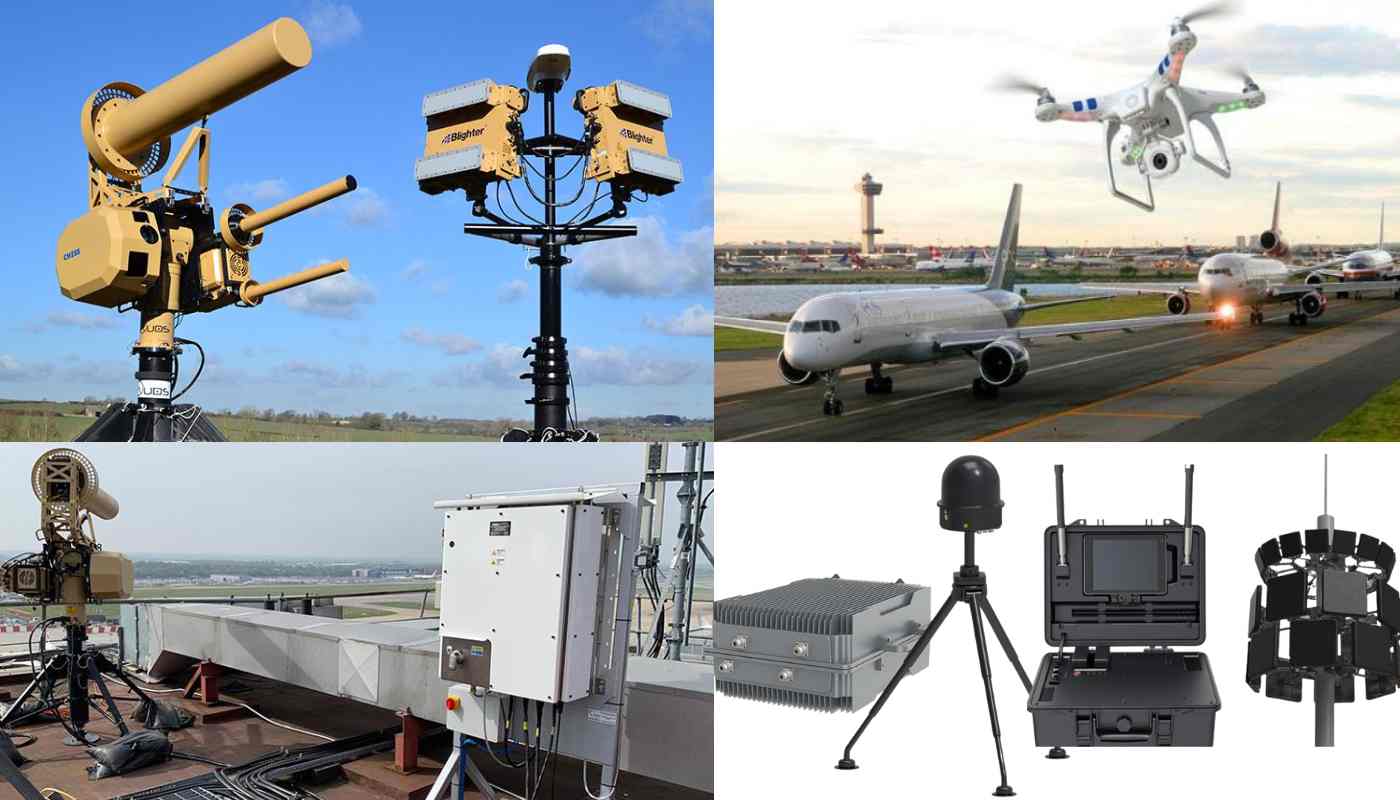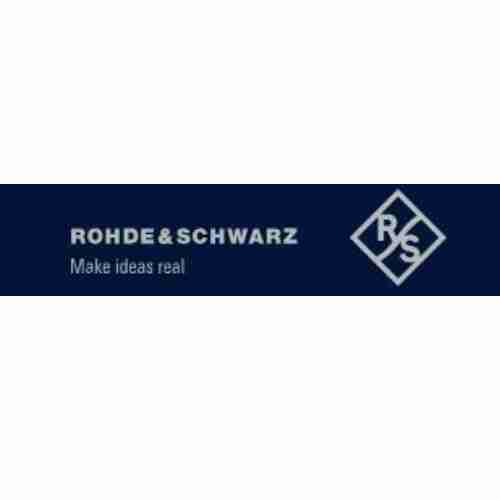Anti Drone System and Counter UAS Detection in Germany in 2025
Germany, a nation known for its technological prowess and strict regulations, finds itself at the forefront of a new frontier: counter-unmanned aerial system (CUAS) technology. Drones, once seen as mere toys, have evolved into sophisticated machines capable of causing significant disruption and security threats.

The Rise of the Drones and the Need for Countermeasures
The popularity of Unmanned Aerial Vehicles (UAVs), or drones, has soared in recent years. They offer a range of civilian applications, from stunning aerial photography to efficient delivery services. However, this rise in drone use has also presented a growing security concern. Malicious actors could potentially use drones for:
- Espionage: Drones equipped with cameras can be used for illegal surveillance of sensitive locations like government buildings or critical infrastructure.
- Disruption: Drones can disrupt major events, airspace operations, or even cause damage to property.
- Delivery of harmful materials: Drones could be used to deliver explosives, chemical weapons, or other harmful materials.
These potential threats necessitate the development and implementation of robust counter-UAS (C-UAS) detection systems.
Germany’s Approach to Counter-Drone Technology
Germany has taken a proactive stance in addressing the drone threat. Here’s a breakdown of their approach:
- Regulation: Germany has established some of the strictest drone regulations in Europe. These regulations include mandatory registration for drones above a certain weight, limitations on flight zones, and operator licensing requirements.
- Investment in C-UAS Technology: The German government has invested heavily in research and development of counter-drone technology. This includes funding for anti-drone manufacturers in Germany and the acquisition of advanced detection and mitigation systems.
- Focus on Integration: German authorities recognize the importance of integrating various C-UAS solutions for a comprehensive defense strategy. This might involve combining radar detection with radio frequency jamming and even physical drone interception systems.
Types of Anti-Drone Systems
The German C-UAS arsenal is a multifaceted one, employing a range of technologies to combat drone threats. Here’s a closer look at some of the most common systems:
- Drone Detection Systems: These systems use various technologies like radar, radio frequency (RF) sensors, and acoustic detection to identify and track unauthorized drones within a specific airspace. German manufacturers are at the forefront of UAV detection systems, offering cutting-edge solutions with high accuracy and low false alarm rates.
- Drone Jamming Technology: These systems disrupt the communication link between a drone and its operator, effectively grounding the drone. However, jamming technology is subject to strict regulations due to potential interference with other communication channels.
- Drone Takeover Systems: These advanced systems attempt to take control of a trespassing drone, either by hijacking its control signal or forcing it to land safely in a designated area.
- Drone Interception Systems: These systems involve physically capturing or neutralizing a drone. This may involve deploying nets, high-powered lasers, or even specially trained birds of prey!
The Future of Counter-Drone Technology
The development of C-UAS technology is a constant race against evolving drone capabilities. As drone technology advances, so too must counter-drone measures. Here are some key trends shaping the future of C-UAS in Germany:
- Artificial Intelligence (AI) and Machine Learning (ML): AI and ML algorithms will play a crucial role in improving drone detection accuracy, differentiating between authorized and unauthorized drones, and even predicting potential drone threats.
- Integration with Unmanned Traffic Management (UTM): As drone use continues to grow, UTM systems will become essential for managing safe drone traffic. Integrating C-UAS technology with UTM systems will create a more comprehensive airspace security framework.
- Focus on Public Safety Drone Use: While counter-drone measures are crucial for security, fostering the responsible use of drones for public safety applications like search and rescue or disaster relief is equally important.
A Balancing Act
Germany’s approach to counter-drone technology offers valuable insights for other nations facing similar challenges. It’s a delicate balancing act between ensuring robust airspace security and fostering the responsible use of drones for legitimate purposes. As technology continues to evolve, ongoing research, development, and collaboration between government agencies, security forces, and the private sector will be essential in maintaining a safe and secure airspace for all.
FAQs
What are Airport Anti-Drone Systems in Germany?
Airport anti-drone systems in Germany are a combination of technologies used to detect, track, and neutralize unauthorized drones near airports. These systems can include radar detection, radio frequency jamming, and even drone interception systems.
How Does Counter-UAS Detection Work in Germany?
Germany uses a multi-layered approach to counter-drone detection. This involves advanced detection systems like radar and radio frequency sensors to find drones, along with regulations and drone operator licensing to prevent unauthorized use in the first place.
Are There Restrictions on Drone Use in Germany?
Yes, Germany has some of the strictest drone regulations in Europe. These regulations cover mandatory drone registration, limitations on no-fly zones around airports and sensitive areas, and operator licensing requirements based on the size and capabilities of the drone.










